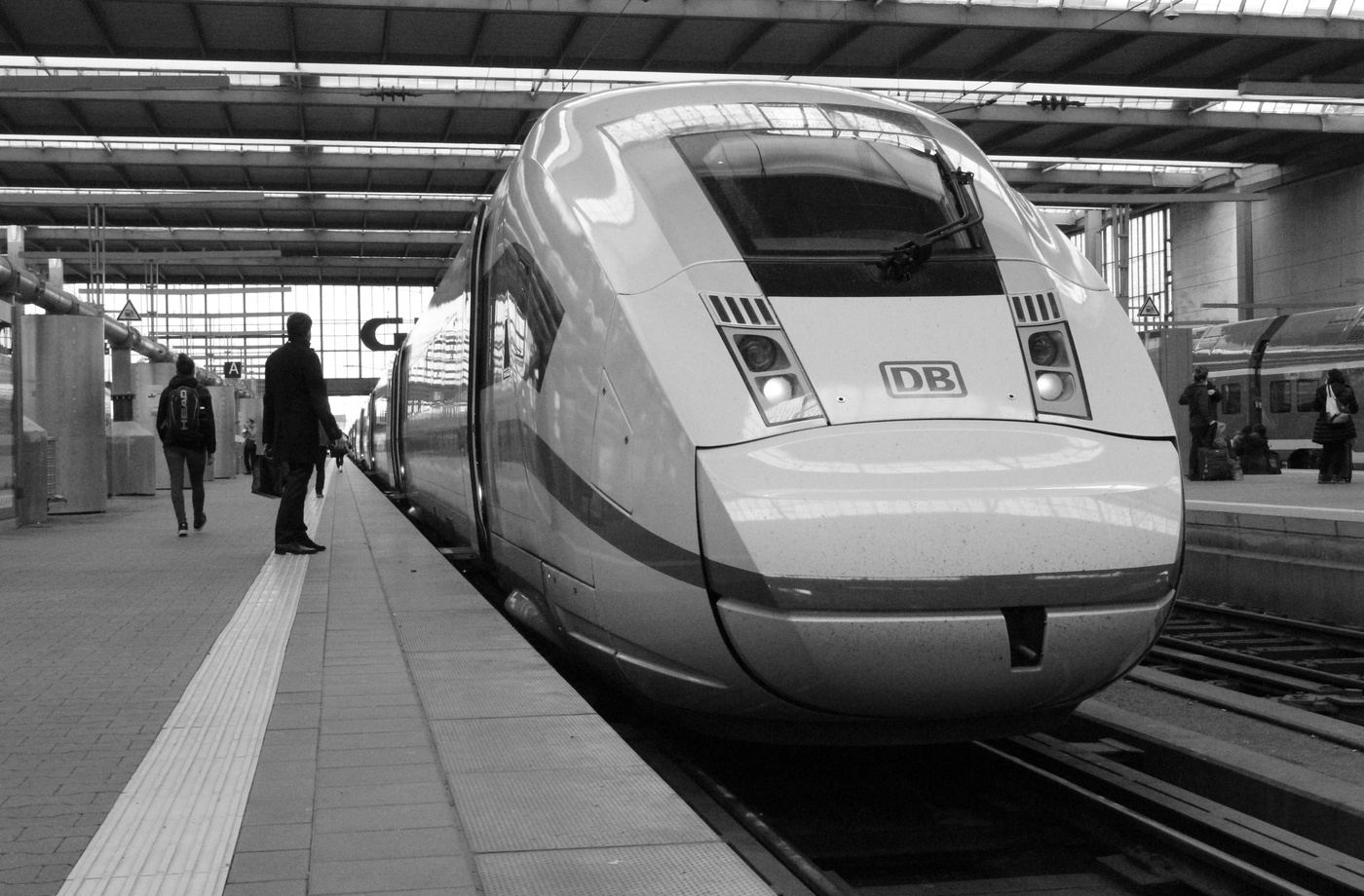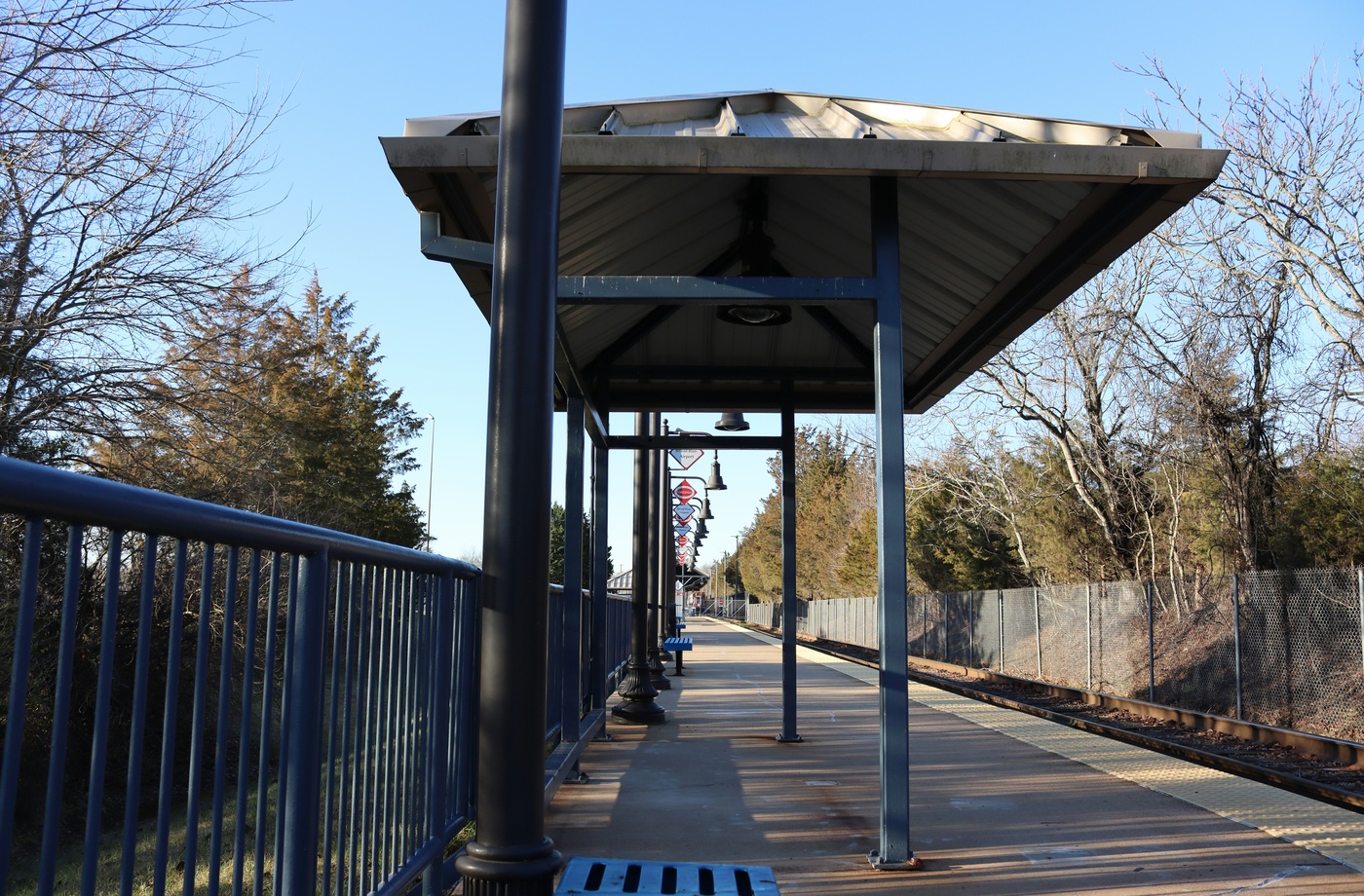In an age of rideshares, low-cost flights, and sprawling highways, train travel still holds its ground—especially for short- to mid-range routes. From cost efficiency and environmental impact to comfort and city-center access, rail remains one of the smartest options for regional travel. Here’s why trains continue to outperform other transit modes when the trip is under 300 miles.
- Faster Than Driving in Many Corridors
In congested corridors like Boston to New York or Philadelphia to Washington, D.C., train travel can match or beat car travel times—without the stress of traffic, tolls, or parking. Services like Amtrak’s Northeast Regional offer frequent departures and direct city-to-city connections.
- Better City Access
Train stations are typically located in the heart of cities, unlike airports which are often 30+ miles away. This urban placement makes it easier to get to your final destination via local transit, walking, or a quick ride.
- Less Hassle Than Flying
For short distances, air travel comes with disproportionate hassle: long TSA lines, check-in times, baggage restrictions, and the risk of delays. Trains allow you to arrive closer to departure time, board without invasive screening, and carry more luggage without added fees.
- Lower Carbon Footprint
Trains are among the most environmentally friendly transportation options. Intercity passenger rail uses nearly 50% less energy per mile than flying. For eco-conscious travelers, that makes rail the greener choice.
- More Comfortable Than Buses or Planes
Even economy rail seating offers more legroom and personal space than coach airline seats. There’s also freedom to walk around, access restrooms easily, and often, onboard Wi-Fi or power outlets for productivity.
- Competitive Pricing, Especially Off-Peak
Train fares are often cheaper than plane tickets for short distances and can be less expensive than gas and tolls for solo drivers. If you travel during off-peak hours or book in advance, you can find even better deals on services like Amtrak.
- No Hidden Costs
Unlike airfare, which can include charges for seat selection, baggage, and boarding priority, train pricing is transparent. What you see is typically what you pay—no surprise fees.
- Flexibility for Work and Leisure
Train travel allows you to work on the go without having to worry about road distractions. It’s also ideal for casual day trips, weekend getaways, or attending regional events without committing to a full vacation.
- Reliable Scheduling
Trains generally stick to published schedules, particularly on non-shared freight lines. You’re less likely to experience last-minute cancellations or delays caused by congestion compared to flights or buses.
- Easy to Pair with Savings Tools
While this post doesn’t dive into cashback platforms, travelers can still save on dining and supplies at stations or during their trip using tools like Rakuten or Ibotta. These apps reward you for purchases at brands frequently found along popular rail corridors.
Final Thought
For trips between 50 and 300 miles, trains consistently offer a better mix of price, comfort, and convenience. Whether you’re commuting for work, traveling for leisure, or looking for a smarter way to move between cities, rail proves again and again to be the most efficient choice for short-distance travel.



